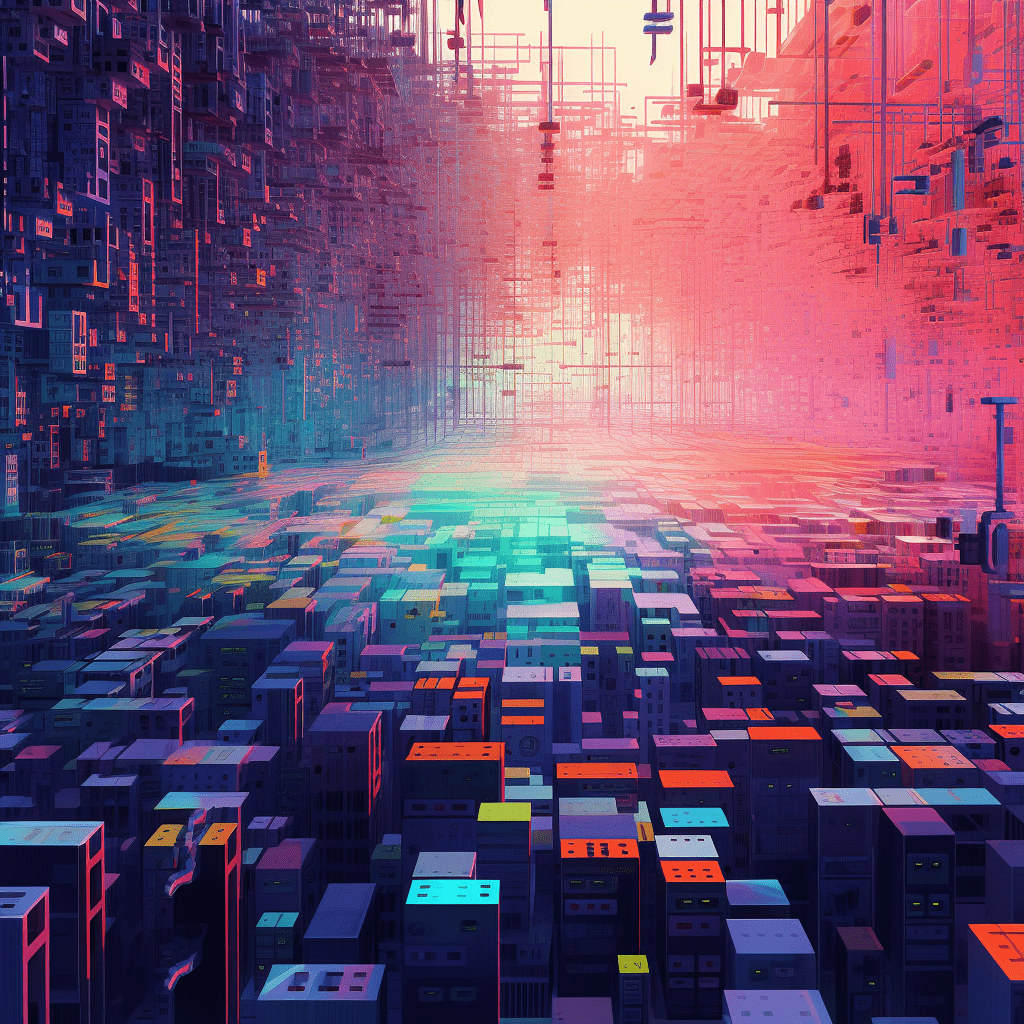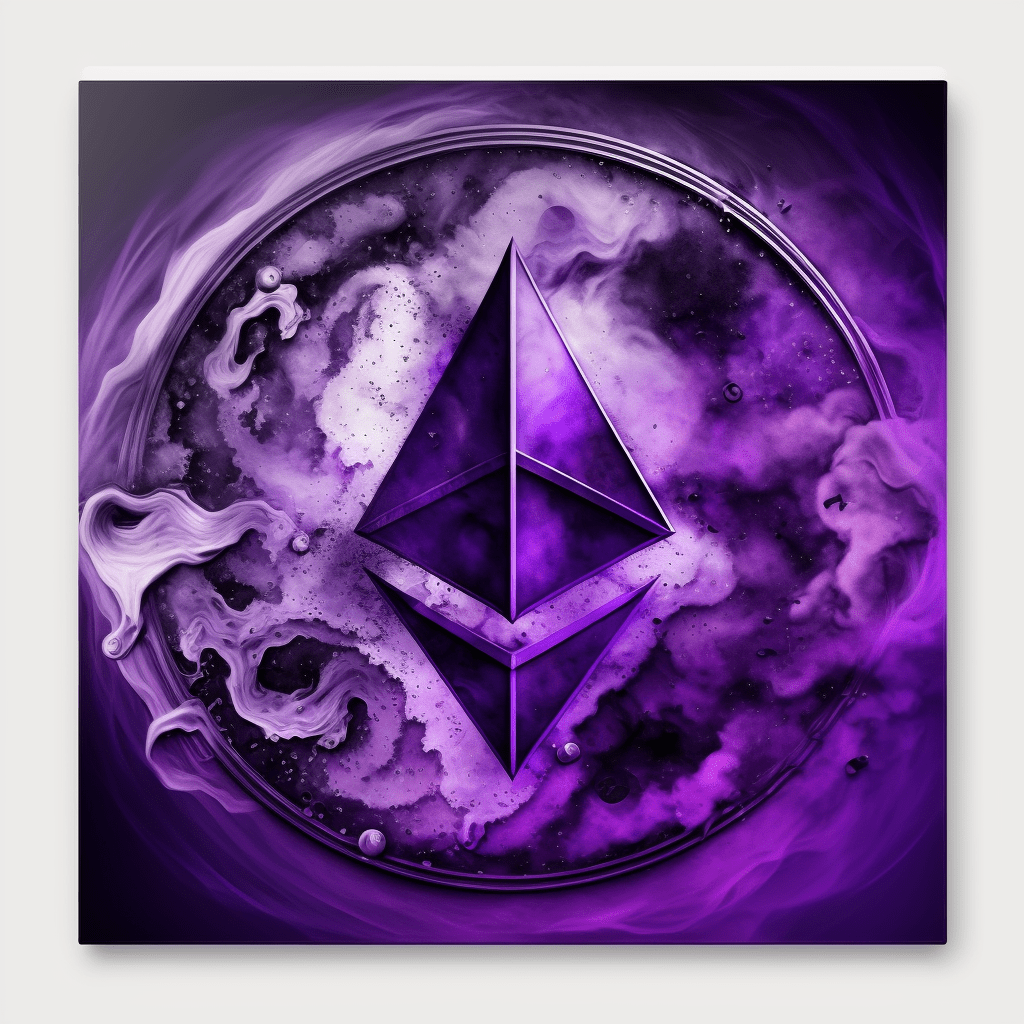Entering the world of non-fungible tokens (NFTs) may seem complex, but with the right approach, the process of generating NFTs can be smooth and rewarding. This article will guide you through each step of the NFT creation process, from conceptualizing your digital asset to minting it on a blockchain.

Creative Concept
The first step in generating an NFT is to develop a concept for your digital asset. Spend time brainstorming and sketching your ideas, considering elements such as theme, art style, uniqueness, and market appeal. A strong concept lays the foundation for a successful NFT and can spark the interest of collectors.
Developing Your Digital Asset
Before you can create an NFT, you must develop a digital asset to tokenize, such as a piece of artwork, an animation, a 3D model, a video, a piece of music, or any other unique creation that can be expressed digitally. Use your preferred digital tools to develop your unique asset, such as Adobe Photoshop, Blender, or Procreate, ensuring that you retain the necessary rights to tokenize and sell your work.
Choose a Blockchain Network

Your next step is to decide on a blockchain network on which to mint your NFT. Ethereum is the most popular choice due to its support for various NFT standards and broad market adoption. Alternatives include Binance Smart Chain, Flow, and Tezos, each with its own advantages and disadvantages in terms of fees, community, and marketplace options.
Select an NFT Marketplace or Tool
Choose a platform or tool that supports your chosen blockchain and aligns with your creative and technical needs. Popular Ethereum-based marketplaces include OpenSea, Rarible, and SuperRare. Other options include Mintable, which supports ERC-721 and ERC-1155 tokens, or Enjin, which caters to gaming-related assets.
Set Up a Digital Wallet
To mint and manage NFTs, you will need a digital wallet compatible with your chosen blockchain. A digital wallet stores and safeguards the private keys needed to access and manage your NFTs on the network. Examples of popular wallets include MetaMask for Ethereum and Trust Wallet for Binance Smart Chain.
Mint Your NFT
Now that you have a digital asset, a blockchain network, and a marketplace or tool in place, it’s time to mint your NFT. Most platforms provide user-friendly interfaces for generating NFTs and often include guides or step-by-step instructions to simplify the process. Upload your digital asset and add metadata, such as the asset’s name, description, creator information, and any unique attributes.
Determine Pricing and Royalties
During the minting process, you will need to set a price for your NFT. This can be a fixed price or an auction format, which allows potential buyers to bid on your asset. Researching the market and similar NFT offerings can help you establish an appropriate price. Additionally, setting royalty fees ensures that you receive compensation every time your NFT changes ownership in the secondary market.
Review and Finalize NFT Minting
Before finalizing your NFT, thoroughly review all uploaded content and metadata to ensure accuracy and enforce quality standards. After ensuring that everything looks correct, finalize the minting process, and your NFT will be added to the blockchain.
Promote Your NFT
Once your NFT is listed on the marketplace, it’s crucial to actively promote it to potential buyers. Share your work on social media channels, engage with online communities that share an interest in your assets, and attend virtual events to showcase your NFT. Networking with other artists and collectors can help increase the visibility and value of your digital assets.
Navigating Gas Fees and Network Dynamics

When minting your NFT, keep in mind that gas fees will apply on certain networks, such as Ethereum or Binance Smart Chain. These fees serve as transaction costs paid to miners or validators for processing actions on the blockchain. Make sure you have enough funds in your digital wallet to cover any applicable gas fees, and be aware that network congestion can affect fees and transaction times.
In conclusion, generating NFTs can be an engaging and rewarding process for creators looking to explore the world of digital art and collectibles. By following the steps outlined in this article, you will be well-equipped to navigate the process from conceptualization to minting your NFT, positioning yourself for success in this dynamic market.
